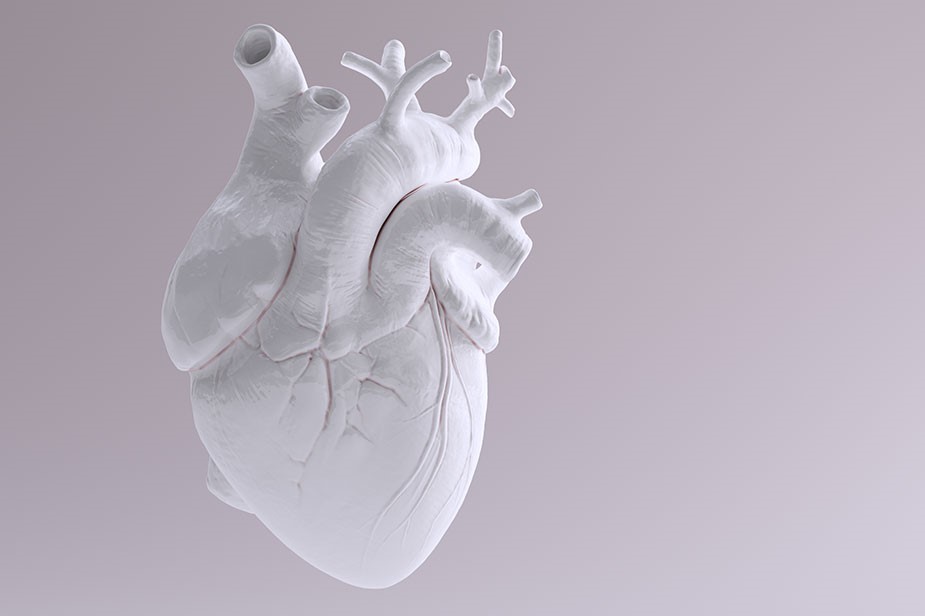
Cardiac amyloidosis: what it is and tests for diagnosis
Let’s talk about cardiac amyloidosis: when we talk about heart disease, we are referring to a type of heart disease that affects the heart muscle, impairing its function
These include cardiac amyloidosis, a complex disease that cannot be prevented
It was once considered a rare disease, but recently, improved diagnostic tools and greater attention to early manifestations of the disease are leading to an increasing number of diagnosed cases.
Amyloidosis is caused by an abnormal accumulation of an insoluble protein complex (amyloid) in various organs, including the heart.
As the amyloid spreads into the interstices between cardiac contractile cells, it contributes to their damage, impairs their proper functioning, and causes the walls of the myocardium to stiffen.
QUALITY AED? VISIT THE ZOLL BOOTH AT EMERGENCY EXPO
What causes amyloidosis?
There can be different causes behind amyloidosis. The most common forms of amyloidosis are two: light chain amyloidosis (AL amyloidosis) and transthyretin amyloidosis (ATTR amyloidosis).
AL amyloidosis is not hereditary and is triggered by an overproduction of light chains, i.e. antibody fragments by a clone of plasma cells.
ATTR amyloidosis, on the other hand, is triggered by the accumulation of the transthyretin protein and can occur either in the absence of mutation or in a mutated and thus hereditary form.
Other forms, on the other hand, are rarer: the form caused by a deposition of apolipoprotein A, the form associated with beta 2-microglobulin deposits associated with long dialysis treatments, or the form associated with chronic inflammatory diseases.
Tests to diagnose cardiac amyloidosis
The tests to reach a diagnosis are different and include
- blood tests, to rule out haematological pathologies;
- the electrocardiogram and colour Doppler echocardiogram;
- bone tracer scintigraphy;
- cardiac MRI.
When the diagnosis is transthyretin amyloidosis, a genetic analysis is appropriate to detect hereditary forms associated with mutation.
Heart failure and hypotension: symptoms of cardiac amyloidosis
Symptoms related to altered cardiac function include shortness of breath, swelling of the ankles, palpitations, and hypotension even in the absence of antihypertensive therapy.
The manifestations of amyloidosis related to the involvement of all other organs and apparatuses can be many, including bilateral carpal tunnel syndrome, decreased sensitivity of the limbs, and alterations in kidney, liver and gastrointestinal function.
In fact, amyloid deposits can be found in one or more organs in different combinations, causing extremely varied symptomatology.
New treatments for cardiac amyloidosis
When it comes to cardiac amyloidosis, in short, heart failure is a real risk.
Moreover, as we have said, it cannot be prevented.
For this reason, correct information about the disease is of particular importance because it helps to detect the disease early and intervene promptly with the most appropriate treatment to contain the symptoms.
For the two most common forms of amyloidosis, light-chain amyloidosis and ATTR amyloidosis, new drugs are available, also taking into account the possible association of neurological symptoms, while, if the underlying cause is a haematological pathology, the disease is directly treated.
For each form of amyloidosis, targeted therapies are carried out.
The treatment of amyloidosis is complex and requires the involvement of a multidisciplinary team of specialists, but with early intervention it is possible to treat or contain the progression of symptoms.
Read Also:
Emergency Live Even More…Live: Download The New Free App Of Your Newspaper For IOS And Android
Ventricular Aneurysm: How To Recognise It?
Virchow’s Triad: The Three Risk Factors For Thrombosis
‘D’ For Deads, ‘C’ For Cardioversion! – Defibrillation And Fibrillation In Paediatric Patients
Do You Have Episodes Of Sudden Tachycardia? You May Suffer From Wolff-Parkinson-White Syndrome (WPW)
Knowing Thrombosis To Intervene On The Blood Clot
Patient Procedures: What Is External Electrical Cardioversion?
Increasing The Workforce Of EMS, Training Laypeople In Using AED
Difference Between Spontaneous, Electrical And Pharmacological Cardioversion
Alcoholic And Arrhythmogenic Right Ventricular Cardiomyopathy
Defibrillator: What It Is, How It Works, Price, Voltage, Manual And External
The Patient’s ECG: How To Read An Electrocardiogram In A Simple Way
Signs And Symptoms Of Sudden Cardiac Arrest: How To Tell If Someone Needs CPR
Inflammations Of The Heart: Myocarditis, Infective Endocarditis And Pericarditis
Quickly Finding – And Treating – The Cause Of A Stroke May Prevent More: New Guidelines
Atrial Fibrillation: Symptoms To Watch Out For
Wolff-Parkinson-White Syndrome: What It Is And How To Treat It
Dextrocardia, Dexiocardia, Mirror Heart, Dextroversion And Dextroposition


